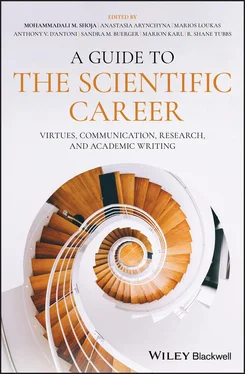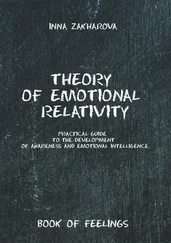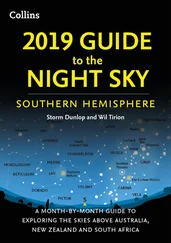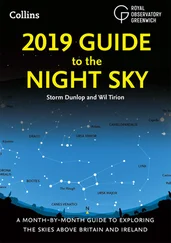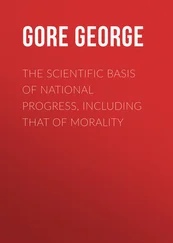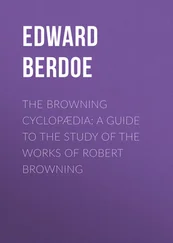A Guide to the Scientific Career
Здесь есть возможность читать онлайн «A Guide to the Scientific Career» — ознакомительный отрывок электронной книги совершенно бесплатно, а после прочтения отрывка купить полную версию. В некоторых случаях можно слушать аудио, скачать через торрент в формате fb2 и присутствует краткое содержание. Жанр: unrecognised, на английском языке. Описание произведения, (предисловие) а так же отзывы посетителей доступны на портале библиотеки ЛибКат.
- Название:A Guide to the Scientific Career
- Автор:
- Жанр:
- Год:неизвестен
- ISBN:нет данных
- Рейтинг книги:3 / 5. Голосов: 1
-
Избранное:Добавить в избранное
- Отзывы:
-
Ваша оценка:
A Guide to the Scientific Career: краткое содержание, описание и аннотация
Предлагаем к чтению аннотацию, описание, краткое содержание или предисловие (зависит от того, что написал сам автор книги «A Guide to the Scientific Career»). Если вы не нашли необходимую информацию о книге — напишите в комментариях, мы постараемся отыскать её.
Written by a team of experienced professionals to help guide younger researchers,
features ten sections composed of seventy-four chapters that cover: qualities of research scientists; career satisfaction and its determinants; publishing in academic medicine; assessing a researcher’s scientific productivity and scholarly impact; manners in academics; communication skills; essence of collaborative research; dealing with manipulative people; writing and scientific misconduct: ethical and legal aspects; plagiarism; research regulations, proposals, grants, and practice; publication and resources; tips on writing every type of paper and report; and much more.
An easy-to-read source of essential tips and skills for scientific research Emphasizes good communication skills, sound clinical judgment, knowledge of research methodology, and good writing skills Offers comprehensive guidelines that address every aspect of the medical student/resident academic and professional lifestyle Combines elements of a career-management guide and publication guide in one comprehensive reference source Includes selected personal stories by great researchers, fascinating writers, inspiring mentors, and extraordinary clinicians/scientists
is an excellent interdisciplinary text that will appeal to all medical students and scientists who seek to improve their writing and communication skills in order to make the most of their chosen career.
